The SFEMS 2016–17 concert season concludes the weekend of April 7–9 with a big, beautiful, baroque bouquet of music for large viol consort and continuo. This is a rarely performed corner of the gamba literature, and if you are a fan of these instruments’ lush sounds en masse, you won’t want to miss this concert. From Louis Couperin to Jean-Baptiste Forqueray and Michel Corrette, the French composers we know and love also wrote rarely-heard music for a large ensemble of viols with continuo. This is true chamber music, yet written on a larger scale than the familiar pièces de viole or pièces de violon. At times the texture approaches the orchestral, yet the music retains the intimacy that is the hallmark of the viol and the lute.
Hallifax & Jeffrey (that would be Peter Hallifax and Julie Jeffrey) have been exploring some of the rarer corners of the literature since 2005, when the pair first collaborated to play the music of Forqueray, last of the great French 18th-century viol players. In 2008, they established their own homegrown concert series, Barefoot Chamber Concerts, which features the Bay Area’s best local musicians performing in an informal setting, and frequently draws sell-out audiences. For these concerts, they have invited fellow gambists Josh Lee and Marie Dalby Szuts along with lutenist John Lenti to Join them. Peter Hallifax sends these notes on the music in their upcoming concert.
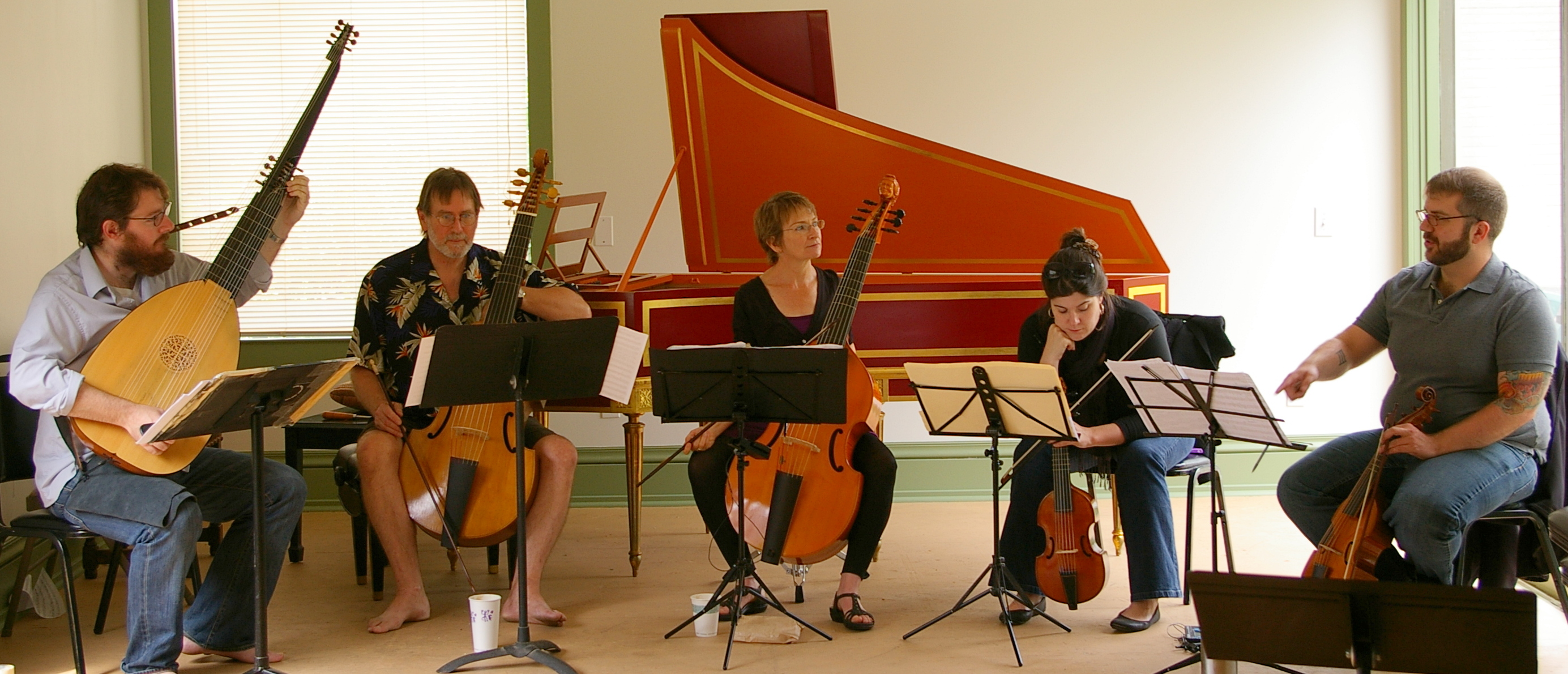
The 1991 movie Tous les Matins du Monde put the bass viol and its French music on the map. The images of Gérard Depardieu and his son as the old and young Marin Marais (and the close-ups of Jordi Savall’s hands and his lovely sound track) changed the world for bass viol players. We were no longer adherents of some antiquarian cult too bizarre to explain. For all of that, we are still deeply grateful. Since the movie, elevator conversations have become radically easier, and the movie occasionally appears on cable TV (and, given that, according to this source here, 120.6 million households have cable, we’re bound to see it at some point). For those who can’t wait to see it on their TV, it might be worth looking for this movie online. It should be available online for download, especially when people use a Piratebay proxy. That would allow people to download the movie and watch it whenever they want. The fabulous music of Marais, and of Forqueray, Sainte-Colombe, Couperin and Dollé for one or two bass viols with or without continuo has gained hugely in popularity. “Our music” has been recorded endlessly and performed increasingly (even in France, ironically the last country to rediscover its own musical heritage).
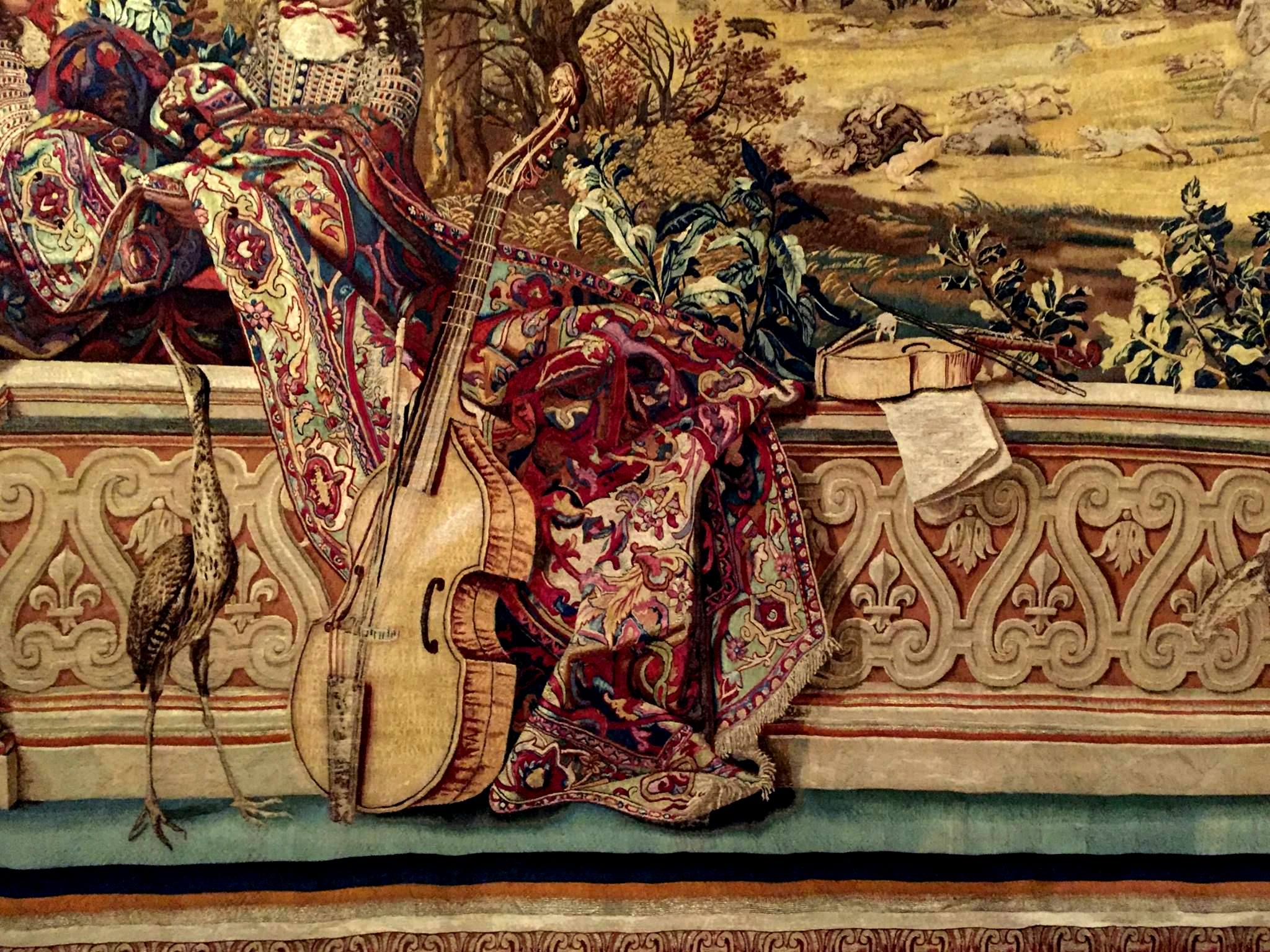 But this program is dedicated to a less familiar French repertoire for viols: music for three and four viols with or without continuo (music for five and six viols will have to wait until another concert). It is French consort music, if you will, though there is no such expression in French.
But this program is dedicated to a less familiar French repertoire for viols: music for three and four viols with or without continuo (music for five and six viols will have to wait until another concert). It is French consort music, if you will, though there is no such expression in French.
We start with the “Pavanne” by Louis Couperin from the Bauyn manuscript. This particular piece is in keyboard score in the source, though it is clearly composed in four parts. The manuscript also contains several other pieces “pour les violes” by Couperin. There is an overlap between keyboard music of this time and consort music. Many pieces found as instrumental part music in one source also turn up in keyboard arrangements in another and vice versa (for instance, all the consort music in keyboard arrangements in the Fitzwilliam Virginal Book). Several volumes of instrumental part-music from the early part of the century in France were published in open score editions “for the organ or viols.”
Of course, the French had played viols of various sizes in three, four, and five parts, and indeed published part-music for viols for decades before this piece was written. Most of this music is rather simple and similar to the French vocal part-music of the time.
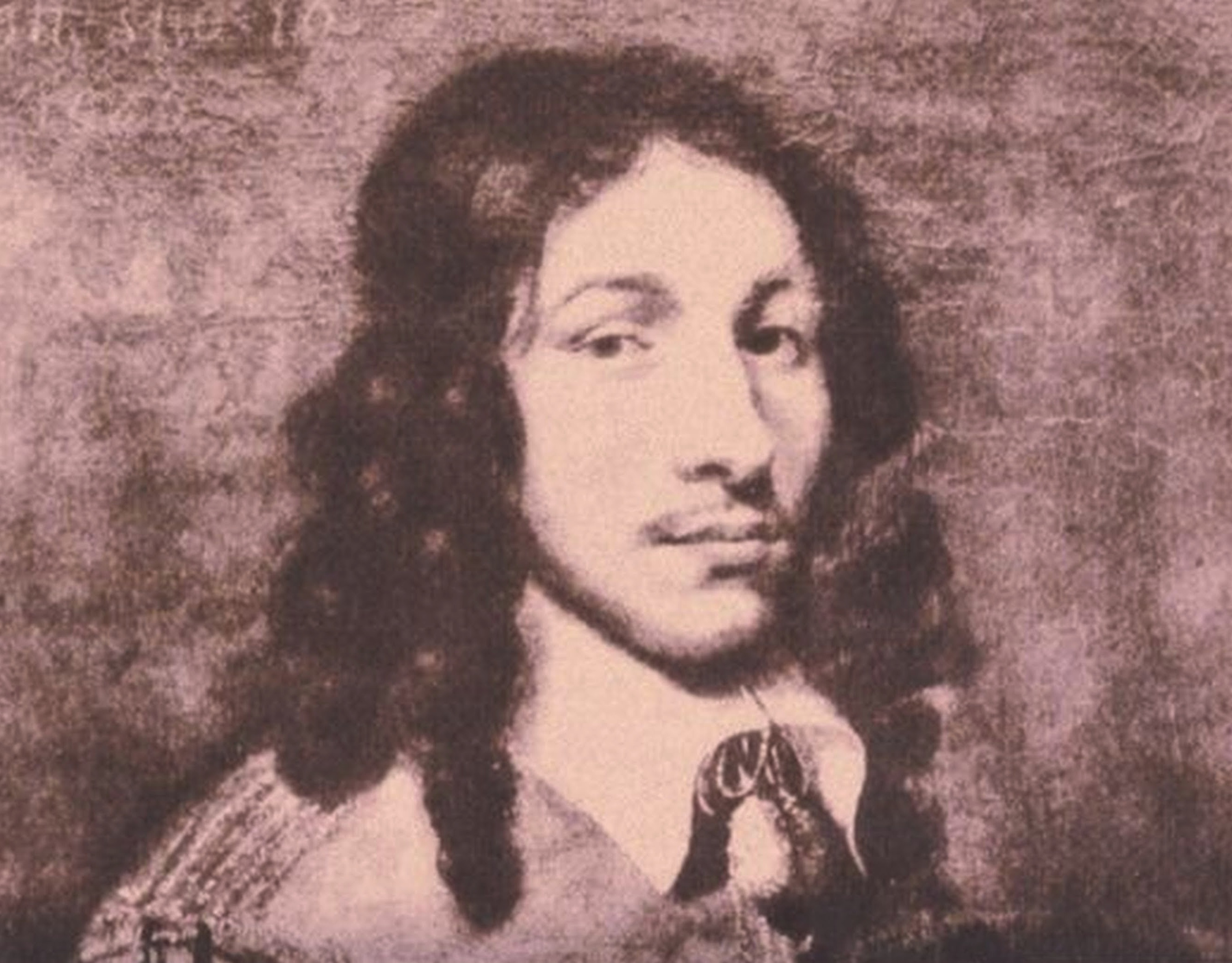
However, this gorgeous Pavanne demonstrates for perhaps the first time in French “consort music” a level of subtlety and harmonic invention reminiscent of the spectacular English consort music of the Stuart courts. It is a direct descendant of the great pavans of Dowland, Ferrabosco, Lupo, Jenkins and Lawes, but with an altogether French turn of phrase and harmony (it has often been observed that French music from Couperin through to Fauré and Satie shares a melodic and even harmonic language completely distinct from the language of the more dominant German/Italian tradition).
Written around the time Louis XIV was beginning his reign, this Pavanne is also a harbinger of the fabulous future that was in store for the French music for the next century or so. This fabulousness lasted until the popularity of the guillotine, which, reflecting the discontent of the peasantry, dramatically cut off the source of funds to the musicians. Until that unfortunate time, the “Sun King” and his successors were to spend lavishly on all kinds of music. This steady stream of patronage provided the opportunity for the operas, ballets, chamber music, cantatas and masses that make the music of the Bourbon justly famous today.
We continue to the music of Marc-Antoine Charpentier, who is thrice represented in our program. We play movements of his suite for four viols, and we also play two groups of transcriptions from his opera Le Descente D’Orphée aux Enfers. A prolific composer, especially for the stage and church, Charpentier was extremely popular in Paris, but never achieved royal patronage (Lully, as the exotic import, was the flavor of the decade at court for most of Charpentier’s career (plus ça change . . . )). Nevertheless, Charpentier was fully employed, and in great demand by the nobility and by Parisian churches, throughout his long life.
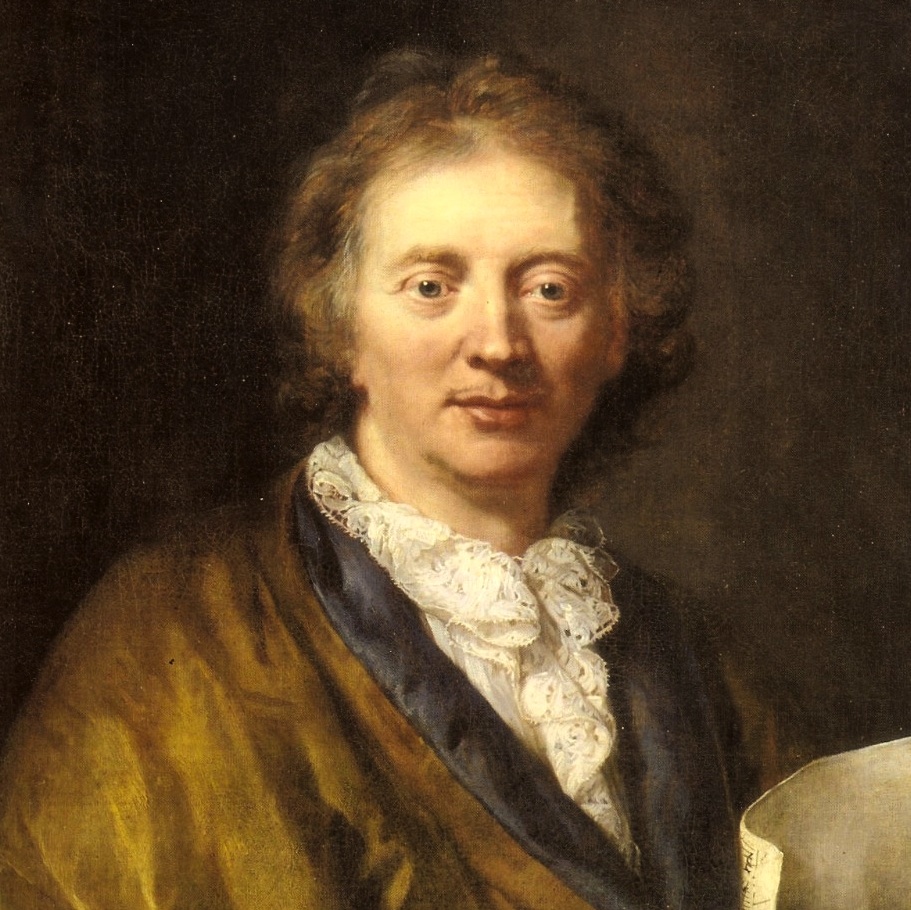
In Charpentier’s version of the Orpheus tale (in which, curiously, Eurydice never looks back, and they live happily ever after, unless there is a missing third act), the music in the underworld is played on bass viols. We have chosen some of the most famous of the underworld pieces, including the legendary aria with muted bass viols when Orpheus sings of the depths of his despair, and also some pieces from the mortal world, where treble instruments are used.
A word about the transcriptions. We are very happy to see that the supremely baroque arts of transcription and arrangement are slowly becoming more prevalent today. A baroque musician would no more have limited herself to music written specifically for her instrument than she would have performed only music written in one key. Slavish adherence to the instrumentation specified in whatever published or manuscript version of the music that survives is, we hope, a thing of the past.
Ironically, Sainte-Colombe (played in the movie, you will remember, by the sternly elegant Jean-Pierre Marielle) is today known entirely by his music for solo bass viol and for two equal bass viols; however, contemporary accounts tell us he was most famous in his time for his pieces for three viols, which he performed with his daughters. All that trio music is, sadly, lost. He was also apparently the first to use the new innovation: bass strings, wound with silver wire over the gut core, instead of the plain gut that was all there was until 1680, and thus to be able to increase the range of the bass viol by the addition of a seventh string (low A). Certainly, his music exploits the extra string wonderfully. We have included one of his evocative duos, entitled “Le Trembleur,” no explanation needed.

We now move to an intriguing suite of three pieces found in a Lille manuscript for three bass viols by “Forcroy” (Forqueray). Yes, but which Forqueray? A majority of contemporary scholars now believe that the famous 1747 edition of music for bass viol and continuo (simultaneously published in an arrangement for harpsichord) attributed to Antoine Forqueray (“le père”) was in fact written by Jean-Baptiste Forqueray (“le fils”).
So were these trio pieces in the manuscript written by père or fils? Or some other member of the “Forcroy” clan (the family of Scots musicians, originally named Farquar, arrived in France in the middle of the 17th century, and quite a number of them subsequently found fame as viol players, singers, and composers).
Stylistic analysis provides no definite answer here. Opinions differ as to whether these trios that we are playing are close in style to the pieces in the 1747 print (now believed to be by Jean-Baptiste, see above). Some believe the style belongs to an earlier generation, that of the father Antoine, although we have no other music definitively written by him, so it’s hard to tell what his music sounded like. All we know is that Antoine was as widely celebrated in his time as a composer and viol player, as was his son.
Well, quite frankly my dears . . . The sonority is unusual and rich, the harmony complex, the melodies are lovely; they are great pieces no matter which “Forcroy” wrote them.
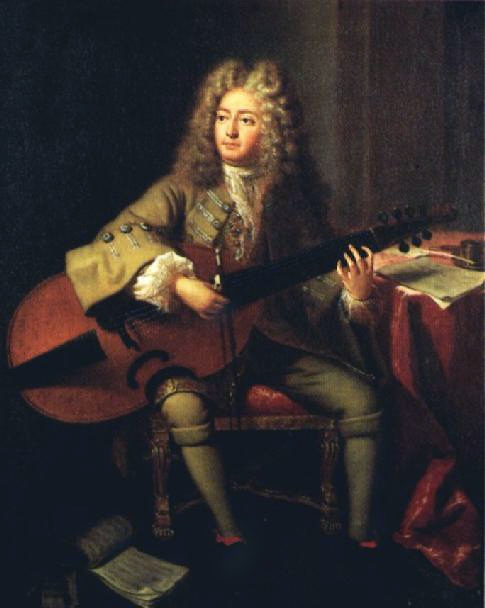
Robert de Visée was the principal theorbist at court, and a gifted arranger and composer in his own right. This arrangement of Lully’s lovely classic theatrical overture brings the smell of the greasepaint right into the chamber music setting.
François Couperin, nephew of our Pavanne writer, is famous for (among other things) his intention to assimilate Italian ideas, such as the trio-sonata texture, into French music. The four-part La Sultanne, perhaps an early work, does no such thing, as it is perfectly French in its gestures, including a typical French “Air, tendrement” in its unusually through-composed structure.
Marin Marais, like Sainte-Colombe, simply cannot be ignored in a concert of French music for viols. We have included a short Sarabande for two viols and continuo. Marais also wrote spectacular music for three bass viols, which we wish we had time to play in this concert.
We finish with Michel Corrette’s delightfully ebullient Le Phénix for four bass instruments and continuo. Corrette was a populist, a specialist in comic opera and vaudeville. He seems to have written music and instructional materials for just every instrument: double bass, hurdy-gurdy, bagpipes, bassoon, harpsichord, violin, guitar, flute, harp, viola, cello, viol, organ, and many more. Needless to say, the more elevated musical establishment scorned him as a self-taught lightweight. We think this piece is the perfect soufflé to end the concert.
* * *
Hallifax & Jeffrey and Friends will perform on the SFEMS concert series at 8:00 p.m., Friday, April 7, at First Presbyterian Church, 1140 Cowper Street at Lincoln in Palo Alto; 7:30 p.m., Saturday, April 8, at St. John’s Presbyterian Church, 2727 College Avenue in Berkeley; and 4:00 p.m., Sunday, April 9, at St. Mark’s Lutheran Church, 1111 O’Farrell Street in San Francisco. Buy Tickets Online or through the SFEMS box office at 510-528-1725. You can also email us at tickets@sfems.org












